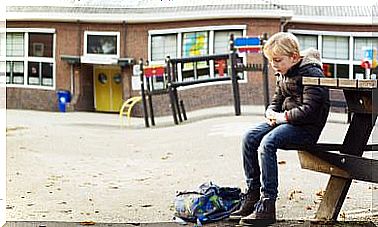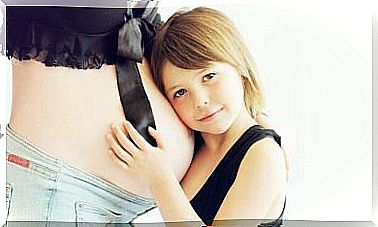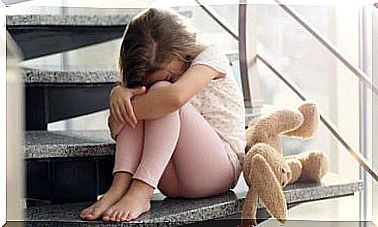Importance Of Musical Expression
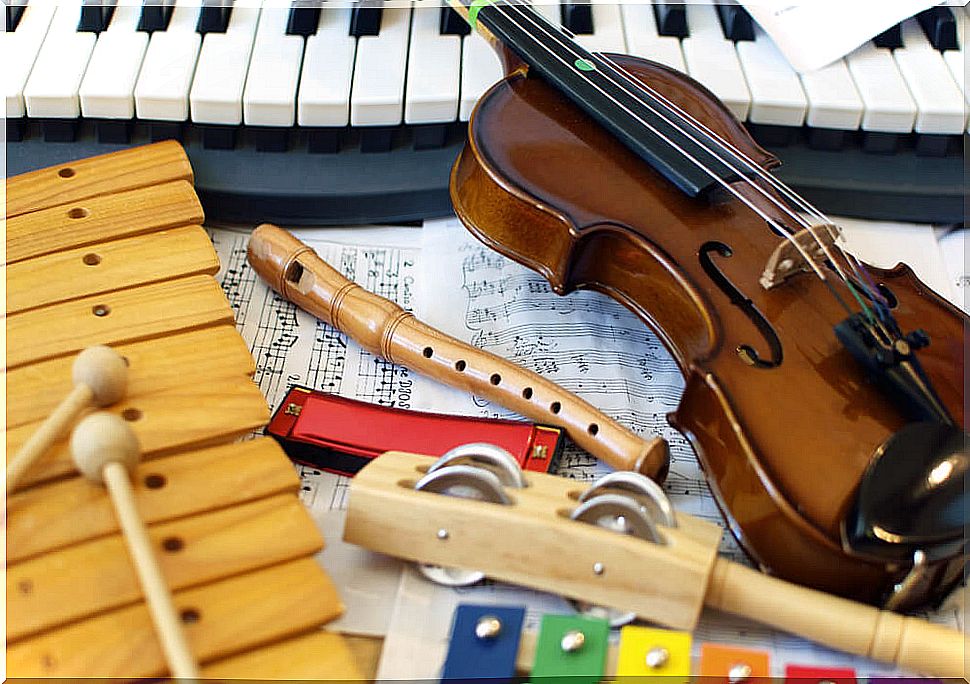
The importance of musical expression lies precisely in its educational capacity, since music is culture and is a form of communication. Through music, culture is transmitted from generation to generation and becomes a language through which feelings and experiences can be expressed.
Thus, musical expression contributes to the full development of individuals, because it allows both children and adults to develop their senses and musical sensitivity, while channeling their emotions.
Music education
From the early educational stages, musical learning should be oriented towards the development of the senses and, mainly, towards those related to the perception of music, such as hearing, sight and touch. Already in later educational stages, the objectives can be oriented to achieve a more theoretical learning of musical literacy.
Learning the language of music allows the development of skills related to the perception and recognition of rhythms and sounds. But, at the same time, it allows the development of abilities such as singing, body movement and the use of musical instruments.
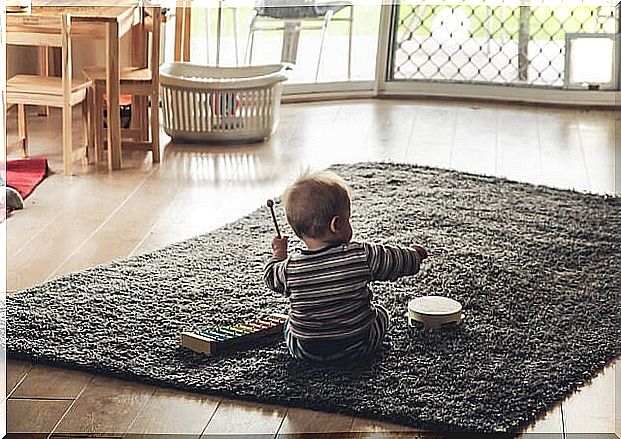
With which, in an educational context, music education must teach aspects related to the elements that define the musical language, such as sound, silence, rhythm and melody. But he must also work on activities that involve the exercise of the voice and the body, since they constitute the basic tools of musical expression.
Likewise, as a form of expression, learning musical language allows us to develop the ability to interpret and communicate a way of seeing and understanding the world.
So, music education aimed at a global training of subjects must be organized so that people can feel, enjoy and express music. As a form of personality shaping, as a developmental factor, and as a way to manage your emotions.
Resources for musical expression
In the childhood stage, musical expression should be worked through play and through activities that allow children to experience pleasure with music, that motivates them to pay attention, to discover musical elements and to improve their hearing capacity. Activities such as:
- Dances and song dances with marked rhythms that encourage them to move the body and perform body gestures. This will help your gross and fine motor development and improve your coordination, balance and body outline.
- Use, exploration, and manipulation of musical instruments appropriate to their ages. These can be percussion (drums, kick drums, cymbals, etc.).
- Use of one’s own body, clapping, whistling, walking, to express sounds and to keep the rhythm.
- Riddles of sounds and discrimination of sounds and noises of everyday life.
- Use different musical genres, emphasizing those that represent popular culture and folklore.
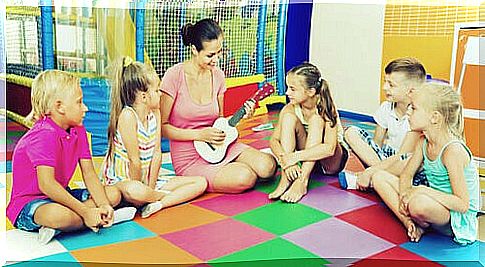
Importance of musical expression in personal development
Learning the language of music is essential for the overall development of children and adults. Music collaborates with cognitive development and logical thinking and reasoning, with psychomotor development, and with affective, social, and aesthetic development.
Musical expression helps us to feel, to live and to understand and manage our emotions. This helps to enhance our emotional intelligence and to improve our relationship with others, thus improving our quality of life.
In addition, through music, we not only communicate and express different states of mind, but we also create because, on many occasions, music expresses what we cannot say with words.

